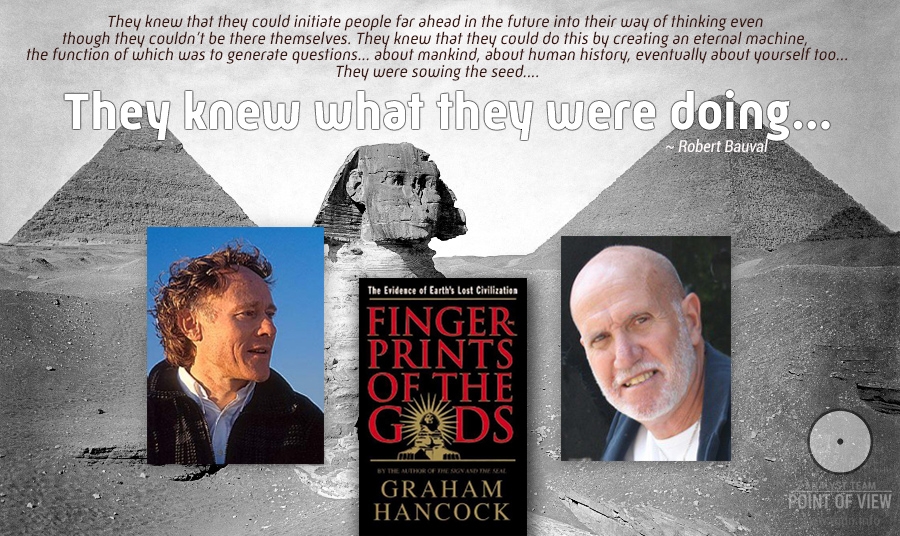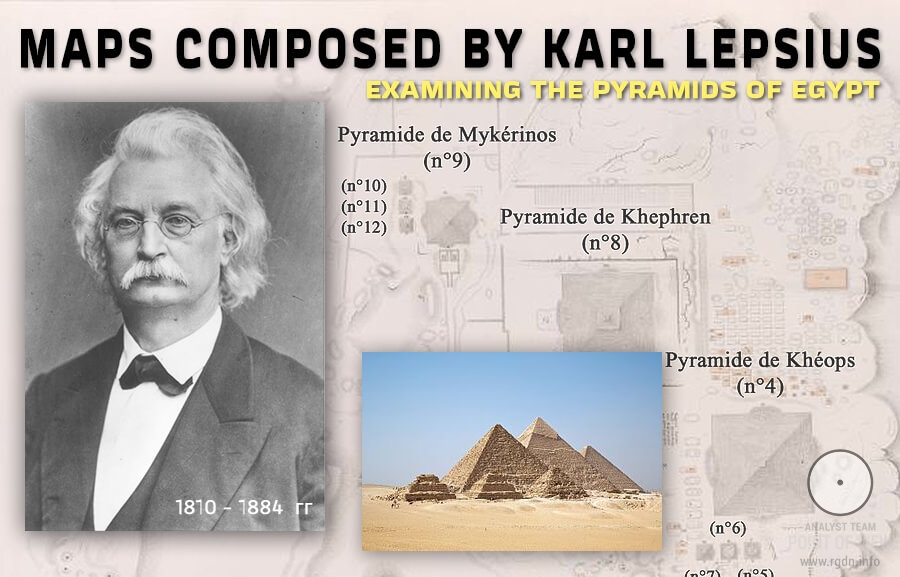
Attention! The text below contains complete quotes that are in no way distorted by the article author. Everyone understands the quotes according to his or her spiritual, moral and intellectual development!
A conversation between Graham Hancock and Robert Bauval as cited in Fingerprints of the Gods
THE FIRST TIME
I found the implications of the Orion correlation complicated and eerie.
On the one hand, the Great Pyramid’s southern shafts ‘precessionally anchored’ the monument to Al Nitak and Sirius in 2475-2400 BC, dates which coincided comfortably with the epoch when Egyptologists said the monument had been built.
Recently, a unique experiment has been carried out with application of an experimental state-of-the-art machine with a pyramidal frame, which has no analogues in the world. The PYRAMID scientific and experimental machine opens up tremendous opportunities to study the phenomena of consciousness and Personality (as an out-of-body observer) as well as to produce a potential that provokes human supernatural abilities.
In 1926, Felix Dzerzhinsky issued an order to carry out the second expedition of such kind, aimed at unravelling the secrets of Crimea. The expedition was entrusted to Alexander Barchenko and the Neuroenergy Laboratory he headed. Some extant data reveal the place of studies to us – it is the South Coast of the Crimean Peninsula, the area of Bakhchysarai, where very old “underground cities” have remained, whereas the expedition goal was to examine remains of ancient civilisations, as well as the knowledge left by those civilisations on control and management of energy and human consciousness.

This is an addition to the article Pyramids of the world: Part 1. Egypt. The Orion constellation, regarding the “star map”.
The extraordinary Wikiwand, full of interesting information, has pleased with the Lepsius list of pyramids. Karl Lepsius was a prominent Prussian archaeologist who visited Egypt in 1842 and composed a list of all the monuments of ancient architecture that he saw on his trip. Below there are maps drawn by Lepsius where relevant Egyptian pyramids are marked, and here is the list itself with information on the pyramids: https://www.wikiwand.com/en/Lepsius_list_of_pyramids.
Part 1: Egyptian pyramids
Brief descriptions are mostly taken from http://www.geolines.ru/eng.
There is also a remarkable link to the Lepsius list of pyramids (https://www.wikiwand.com/en/Lepsius_list_of_pyramids), where a great number of smaller and ruined pyramids are collected. This is, so to say, just in case somebody needs more information. After all, main information sources pay attention to the most significant complexes only.
Our ship keeps moving forward. There is an interesting suggestion to collect information on ancient cult structures, in particular on pyramids located on different continents and islands of the Earth. Perhaps, by means of such a database we or our followers will manage to unravel the riddle of the star map repeatedly mentioned in Sensei of Shambala – Book IV.
This is an open door club – everyone who desires is welcome to join.
Elaboration of this material was suspended in January 2017 due to the lack of more solid logical grounds for its completion. Owing to the unexpected idea of establishment of a “working platform”, this article has got a second chance...
We hereby continue reviving the topic of ancient Egyptian mythology. Today we will once again try to unravel the mystery of the purpose of some of the oldest extant cult buildings on our planet – the Pyramids of Giza, Egypt. We are surely neither the first ones nor the last ones to search for the truth, and the only difference between us and other seekers is the additional information we have owing to the books by Anastasia Novykh as well as our own analytical materials collected and accurately supplementing the outline of our search.
Original title: The Pyramid Code
Released: 2009
Genre: popular science, documentary, education
Director: Carmen Boulter
The documentary involves researchers whom our readers already know by my earlier articles: Graham Hancock, Robert Bauval, Robert Schoch, John Anthony West, as well as other researchers of Ancient Egypt from various fields of science.

Project Aim









